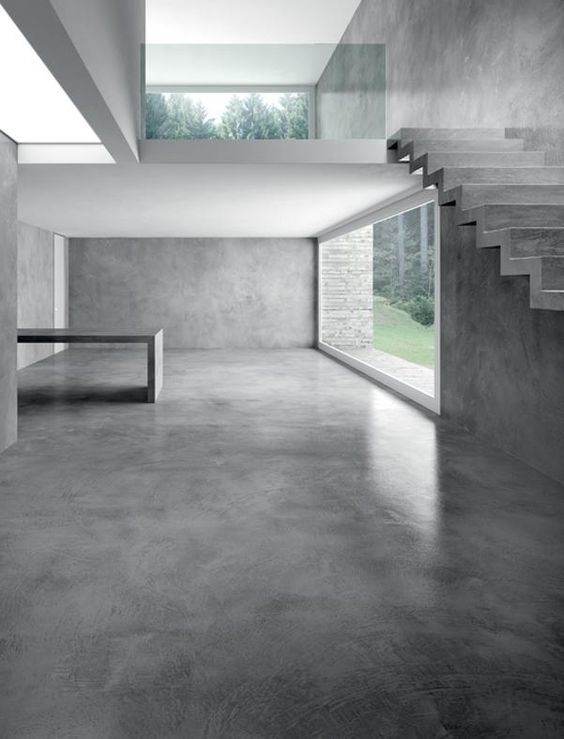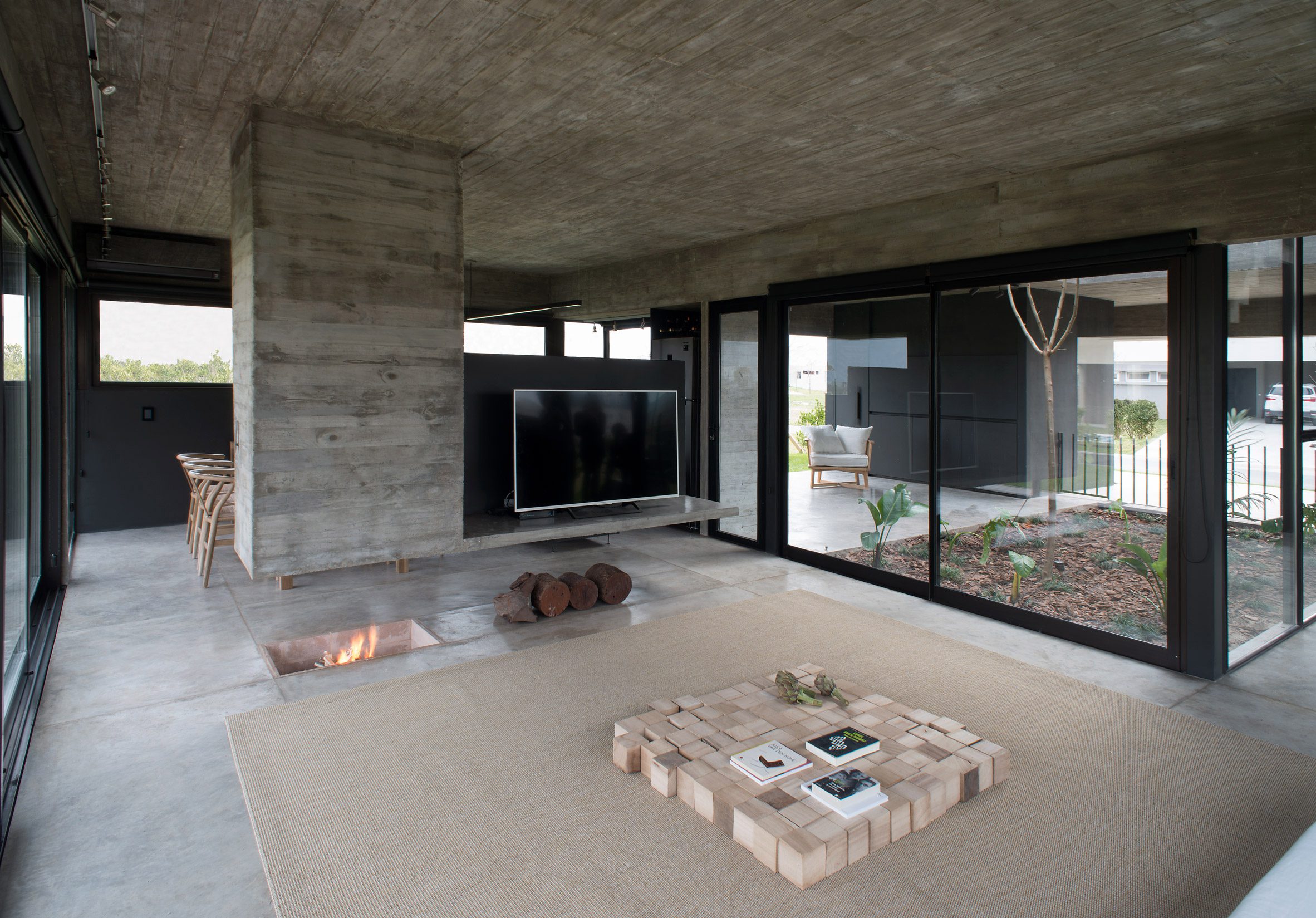The Resilience and Beauty of Concrete Sidewalks
Concrete sidewalks have long been a staple in city and suv landscapes because of their remarkable mix of toughness and aesthetic appeal. The durability of concrete as a paving product is widely known, with its capability to withstand hefty foot web traffic, harsh weather, and the examination of time. Beyond their strength, concrete walkways provide a canvas for creative style and personalization, elevating the general look of an area or industrial area. As we check out the elaborate details of concrete pathways, it ends up being evident that their sophistication exceeds plain performance, making them a fascinating topic of consideration for both experts in the industry and lovers alike.

Benefits of Concrete Sidewalks
Enhancing pedestrian security and visual appeals, concrete walkways supply a aesthetically appealing and resilient option for rural and metropolitan landscapes. Among the key advantages of concrete sidewalks is their longevity. Unlike some alternate materials that might break down in time, concrete walkways have a long lifespan, requiring marginal maintenance. This toughness makes them an affordable option in the future, as they can endure heavy foot web traffic and various climate condition without degrading promptly.
In addition, concrete walkways are very versatile in terms of layout. They can be tailored to match the surrounding environment, whether it be with various colors, textures, or patterns. This adaptability enables imaginative flexibility in urban planning and landscape design jobs, enhancing the total aesthetic appeal of the location.
In addition, concrete walkways are known for their reduced environmental impact. Concrete is a lasting material that can be reused, minimizing waste and contributing to eco-friendly building and construction methods. By choosing concrete pathways, communities can focus on both aesthetic allure and environmental responsibility in their facilities projects.
Layout Options for Sidewalks
When thinking about layout choices for pathways, it is necessary to prioritize both capability and aesthetic charm in urban planning and landscape design jobs. Legendary Concrete Marietta. There are a number of layout choices available to improve the aesthetic appeal and capability of walkways

An additional option is subjected accumulated concrete, where the leading layer is removed to expose the accumulation under, creating a aesthetically intriguing and textured surface that likewise uses excellent slip resistance. - Concrete Companies Near Me
Colored concrete is a versatile option that can be tailored to match the surrounding atmosphere or develop aesthetic passion. Incorporating decorative elements like borders, scoring, or staining can even more improve the general style of the walkway.
Upkeep Tips for Durability
To make certain the durability and beauty of concrete sidewalks in time, proper maintenance is important in protecting their aesthetic appeal and structural integrity. Normal cleansing is basic in protecting against dust, particles, and spots from building up externally. Easy tasks like sweeping or washing with a yard pipe can assist preserve the appearance of the pathway. In instances where spots are consistent, mild detergent and water can be made use of for rubbing. Sealing the concrete every 2-3 years is also Find Out More crucial to shield it from dampness penetration, freeze-thaw cycles, and chemical damage. This sealant aids in preserving the color and coating of the walkway while enhancing its resistance to tear and put on. Furthermore, dealing with any splits or damage promptly is essential to stop further deterioration. Tiny cracks can be loaded with concrete caulk, while larger problems might require specialist repair work to make certain the architectural stability of the walkway. By following these upkeep tips faithfully, concrete walkways can preserve their appeal and functionality for many years to come.
Environmental Impact of Concrete
Concrete, a commonly utilized building product, has significant environmental effects that necessitate cautious factor to consider in contemporary facilities tasks. The manufacturing of concrete entails the removal of raw materials such as limestone and sand, adding to habitat destruction and ecosystem disturbance.
To minimize the ecological impact of concrete, lasting techniques such as utilizing alternative cementitious products, read review integrating recycled aggregates, and maximizing mix styles are being increasingly taken on. These methods can help in reducing carbon discharges, decrease power consumption, and decrease waste generation during construction. Cutting-edge innovations like carbon capture and application are being checked out to make concrete manufacturing much more eco friendly. By applying these techniques, the building and construction industry can proceed to gain from the toughness of concrete while reducing its general ecological footprint.
Future Patterns in Walkway Building And Construction
Considering the developing landscape of sustainable building methods, the future patterns in walkway building are poised to transform the way concrete structures impact the environment. Among the vital fads in pathway building is the boosted use of recycled materials. By incorporating products such as recycled accumulations and auxiliary cementitious products like fly ash or slag, pathways can be built with a lower carbon footprint. In addition, the growth of permeable concrete is acquiring traction in pathway building and construction. Permeable concrete allows water to travel through, lowering overflow and reducing the strain on stormwater monitoring systems.
The fostering of prefabricated concrete pathway sections can simplify construction procedures, decreasing waste and building and construction time. As sustainability comes to be a progressively crucial element of building and construction, these patterns in walkway construction are likely to shape the future of urban facilities advancement.

Final Thought
In final thought, concrete pathways provide countless benefits such as longevity and beauty. Despite concerns regarding its environmental effect, concrete stays a preferred option for sidewalks.
Unlike some alternate materials that may weaken over time, concrete sidewalks have a lengthy lifespan, calling for very little maintenance.To make certain the toughness and sophistication of concrete sidewalks over time, correct maintenance is essential in protecting their aesthetic charm and structural stability.Considering the progressing landscape of sustainable building practices, the future patterns in walkway building are positioned to transform the official website means concrete structures affect the setting. Furthermore, the growth of permeable concrete is getting grip in sidewalk building. The fostering of prefabricated concrete walkway areas can streamline building procedures, reducing waste and building time.